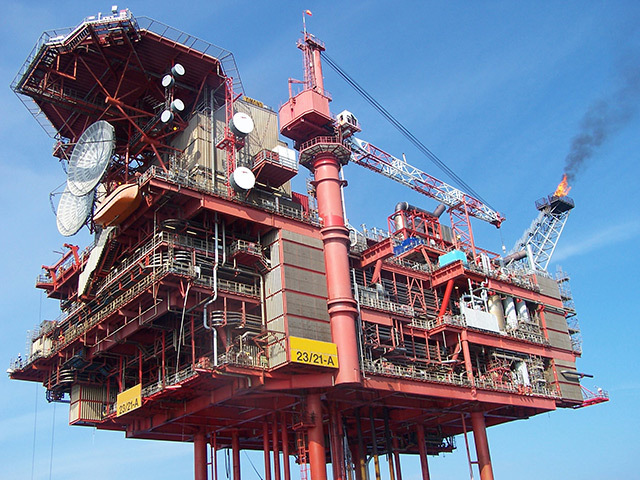
‘More and more’ North Sea operators are embracing cultural change in an effort to tackle problems, a subsea boss has said.
Scott Cameron, business unit director with Subsea 7, claimed yesterday that he had witnessed real changes in the way North Sea operators approach new ways of working, using the Chrysaor Lomond bypass tie-back as an example.
Mr Cameron was speaking during an Oil & Gas UK efficiency task force meeting with Subsea UK and Scottish Enterprise.
He said: “It’s a case of doing much less with much more in terms of efficiency. When you take on old assets you don’t necessarily know what you’re taking on until you take them on.”
Plans for the new 16-mile Lomond bypass line were announced in April and the firm said it is currently in operation.
Mr Cameron said: “When you look at the project itself for Chrysaor, it’s very much about maximising economic recovery because the project on completion allows Lomond to become an area hub which is part of the company’s growth strategy.
“We’ve seen more and more operators turning towards a cultural change and a way of working. We need the operators to do that because we can’t push water uphill, the behaviours have to be set by the operators because they’re the ones who engage with the supply chain in the first place.
“The behaviours and leadership style is something that’s contagious, and by being contagious it’s enabling. It takes time and focus to standerdise and simplify.”
The Lomond bypass was introduced to solve the issue of wax restrictions in the export line on Chevron’s Erskine field, which is linked to the Lomond field.
Erskine fluids are transported to the Lomond platform for processing via the 18-mile pipeline operated by Chrysaor, which holds a 32% stake in Erskine.
Mr Cameron added that Subsea 7 had chosen to “brand” its Eliminate, Standerdise and Automate (ESA) continuous improvement plan that it utilised on the Lomond Bypass project.
He said: “You have to give it a branding, because if you don’t it’s extremely hard to sell and understand.
“We made decisions together that made that project a success, and I don’t mean just throw money at it, what I mean is the best decisions were made by those who were in place to make them. It was very much a journey of discovery for all parties.”
Recommended for you
